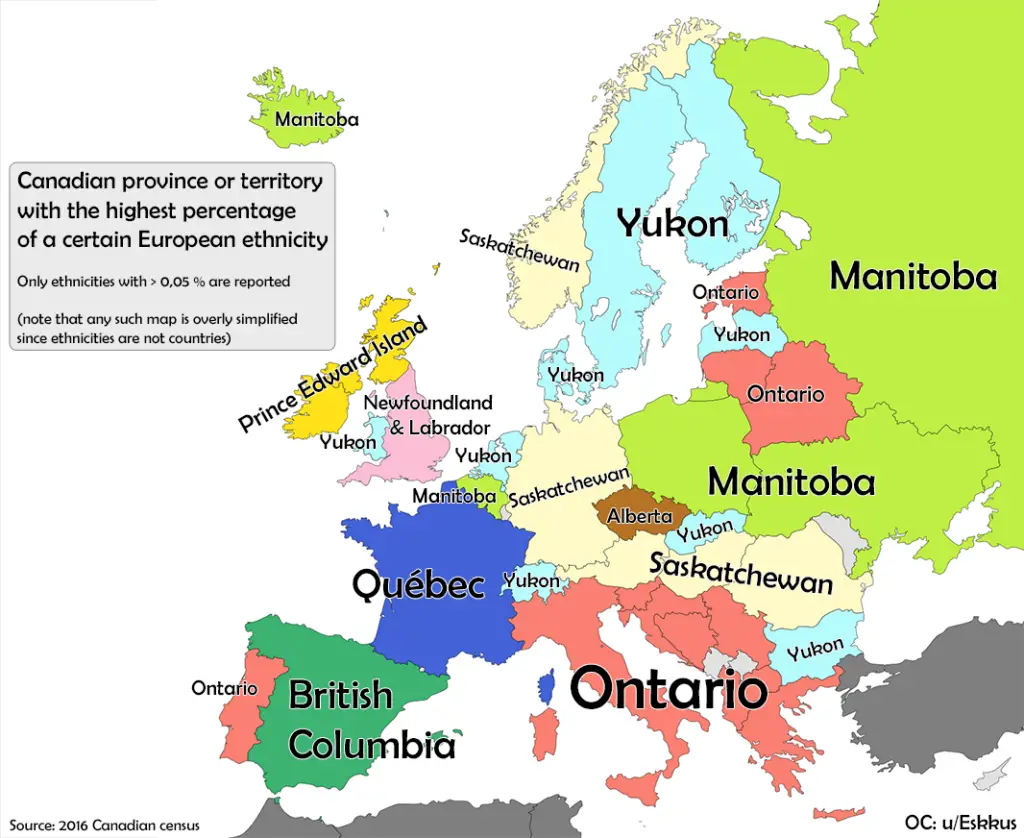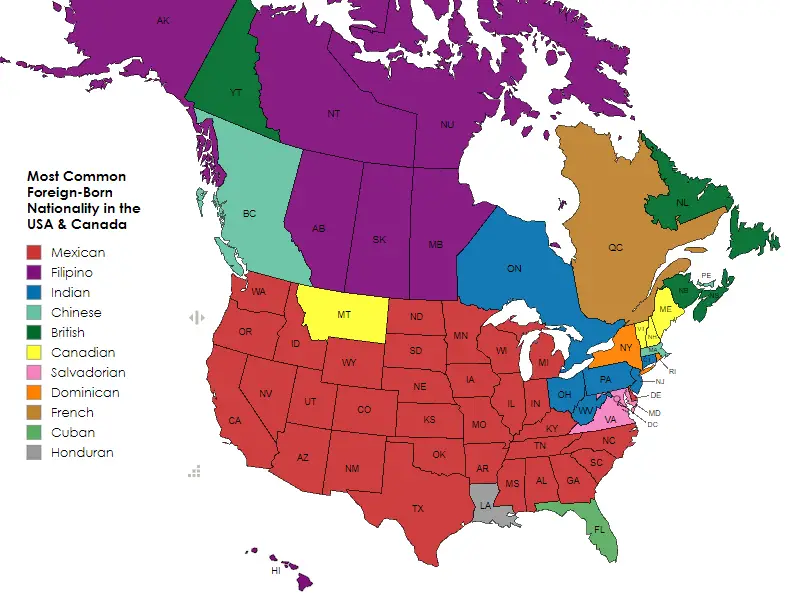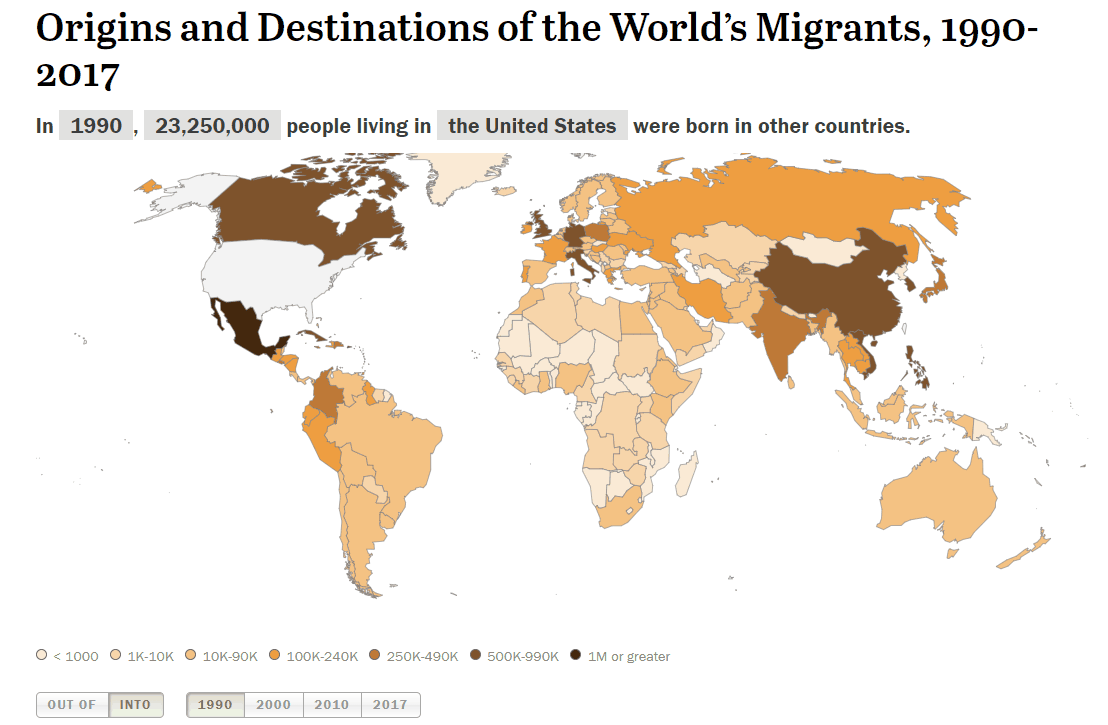Origins of the People of Canada: From Early Settlement to Modern Diversity
Canada’s immigration story is a fascinating journey that spans over 150 years, transforming the nation from a sparsely populated British colony to one of the world’s most multicultural societies. Let’s explore this remarkable evolution through historical maps and demographic patterns.

This fascinating 1901 map reveals the ancestral origins of early settlers in New Brunswick, Nova Scotia, and Quebec. During the post-confederation period after 1867, the Canadian government launched ambitious campaigns to populate vast unexplored territories. However, these initiatives reflected the era’s limitations – targeting primarily European and Christian immigrants while actively discouraging others through discriminatory policies.

This compelling visualization shows which Canadian provinces and territories have the highest percentage of specific European ethnicities. The patterns visible here tell stories of chain migration, where established communities attracted more immigrants from their homeland, creating lasting cultural imprints that still influence these regions today.
The period following confederation saw systematic efforts to develop Canada’s frontier lands. Government-sponsored immigration campaigns painted romantic pictures of fertile farmland and promising opportunities. Ships arriving at ports like Halifax and Quebec City brought waves of British, Irish, Scottish, and French settlers, followed by increasing numbers of Germans, Ukrainians, and other European groups.
However, this early immigration story had a darker side. While European Christians were welcomed, other groups faced significant barriers. The Chinese Head Tax (1885-1923), followed by the Chinese Immigration Act of 1923, effectively blocked Chinese immigration. Similar discriminatory policies affected other Asian, African, and Jewish immigrants.
World War II marked a turning point in Canadian immigration policy. The post-war period saw fundamental shifts in attitudes and legislation. The Canadian Citizenship Act of 1947 created the designation of “Canadian citizen” for the first time. By 1962, discrimination based on race, religion, and national origin was officially removed from immigration policy.
Today’s Canada tells a remarkably different story. According to the 2021 Census, more than 8.3 million people, or 23% of the population, are landed immigrants or permanent residents – the highest proportion among G7 countries. The nation now welcomes newcomers from all corners of the globe, with recent years seeing significant immigration from India, China, Philippines, and Nigeria.
What’s your family’s immigration story? When did your ancestors arrive in Canada, and what brought them here? Share your heritage story in the comments below – each family’s journey adds another thread to Canada’s rich cultural fabric.







